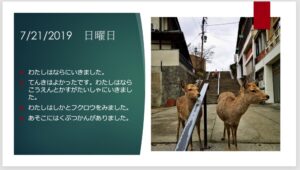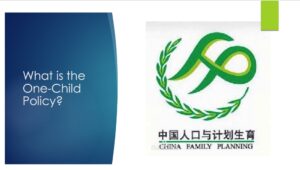The TED video I chose to review and analysis by different angles is titled “Teach girls bravery, not perfection” which presented by Reshma Saujani. I would analysis it through the lens of multimedia learning principles, dual coding theory, and cognitive load theory.
First, through the lens of multimedia learning principles. Reshma had followed the Signalling Principle in her chat. She mentioned “brave of girls” several times as an important cue in her presentation, which was also the theme of this speech. Because of this process, learners can always remember it and better understand the purpose of her speech. She also followed the Worked Examples Principle, because she used herself and her own experiences of facing challenges and boost nerve as worked examples, thus encourage the learners to try to be as successful as she was.
Then, analysis through the lens of dual coding theory. In my opinion, this TED talk seems not followed the dual coding theory. Because Rashma–who is the speaker, only used the speech method to help the learners understand the information, no methods of displaying images or videos were used to assist the learners in understanding the information, thus, this TED talk does not meet the criteria of dual coding theory.
Finally, analysis through the lens of cognitive coding theory. In my opinion, this TED talk does meet the criteria of cognitive coding theory. Because to avoid learners overload their working memories, Rashma had repeated the main point of this speech many times, basically, every example will be followed by an emphasis on the main theme, this can undoubtedly deepen people’s memory, thus increase people’s learning result.





Recent Comments